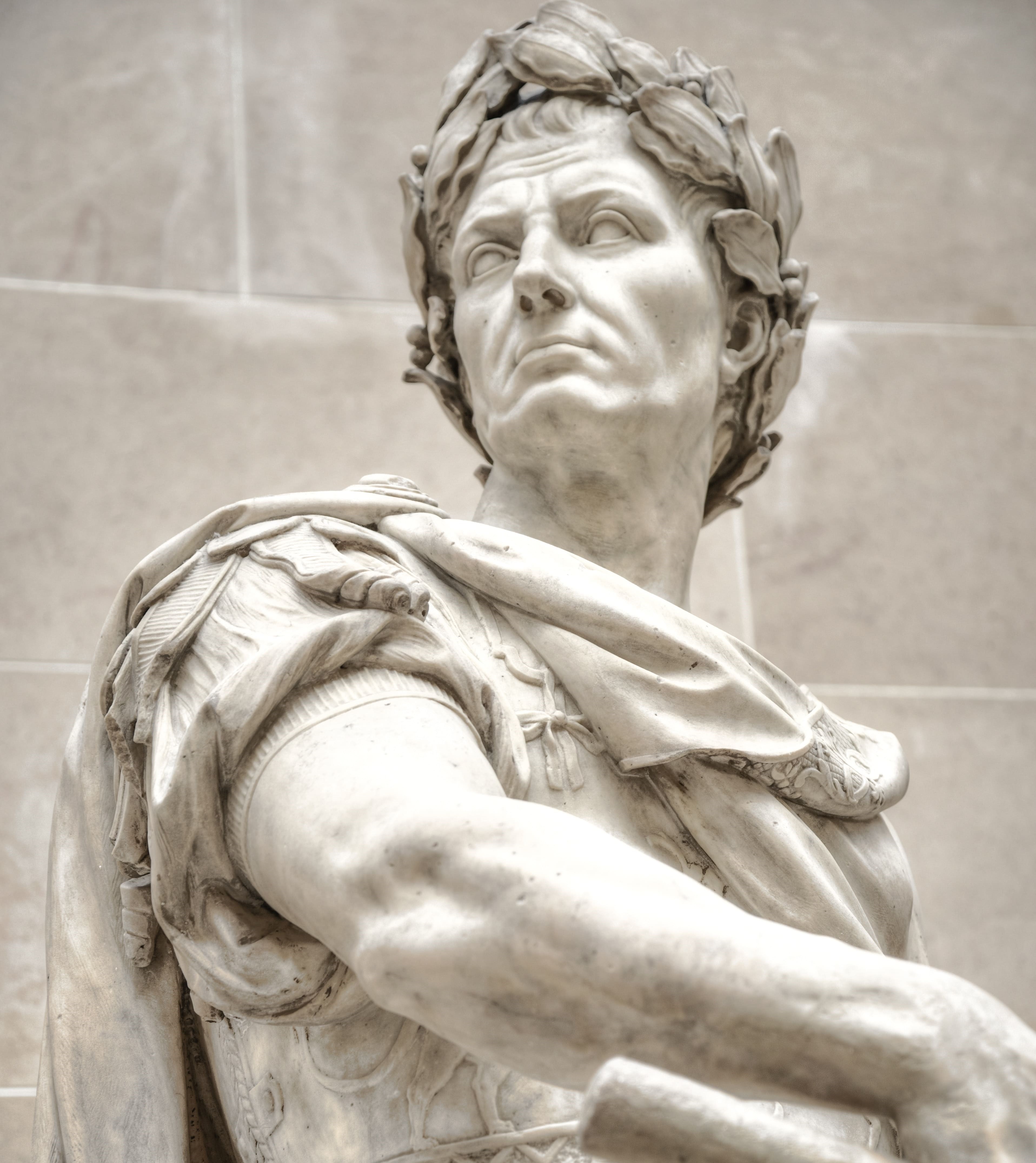The Roman Empire
Beginning in the eighth century B.C., Ancient Rome grew from a small town on central Italy’s Tiber River into an empire that at its peak encompassed most of continental Europe, Britain, much of western Asia, northern Africa and the Mediterranean islands. Among the many legacies of Roman dominance are the widespread use of the Romance languages (Italian, French, Spanish, Portuguese and Romanian) derived from Latin, the modern Western alphabet and calendar and the emergence of Christianity as a major world religion.
Origins of Rome
As legend has it, Rome was founded in 753 B.C. by Romulus and Remus, twin sons of Mars, the god of war. Left to drown in a basket on the Tiber by a king of nearby Alba Longa and rescued by a she-wolf, the twins lived to defeat that king and found their own city on the river’s banks in 753 B.C. After killing his brother, Romulus became the first king of Rome, which is named for him. A line of Sabine, Latin and Etruscan (earlier Italian civilizations) kings followed in a non-hereditary succession. There are seven legendary kings of Rome: Romulus, Numa Pompilius, Tullus Hostilius, Ancus Martius, Lucius Tarquinius Priscus (Tarquin the Elder), Servius Tullius and Tarquinius Superbus, or Tarquin the Proud (534-510 B.C.). While they were referred to as “Rex,” or “King” in Latin, all the kings after Romulus were elected by the senate.
Explore the geography
Contact Us
Email: k.bou@uqconnect.edu.au
Phone: 61 123 456 789
Address: St Lucia QLD 4072
GPS: 41.900787423, 12.496483349
Open Google MapRefernces:
Javascript Plugin for Scroll Affects: https://michalsnik.github.io/aos/
CSS import of Arrow Animation: https://codepen.io/sego/pen/bQZKwP
